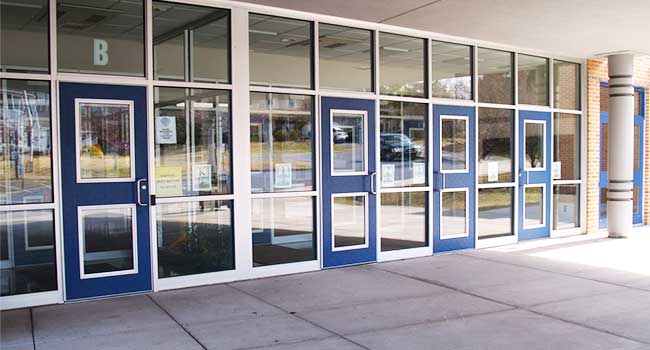
Alabama High School Increases Access Control
Guntersville High looks for ways to limit access to classrooms.
- By Sydny Shepard
- October 04, 2018
Guntersville High School in Guntersille, Ala. is slated for new security improvements, according to the leaders in The Schools of Guntersville.
The school system has already ensured that there is a school resource officer in every school in the system, but they are now looking into ways of hardening the perimeter of the buildings, especially entrances.
"We're at the high school improving some of the security entrances at the high school, basically offering multiple security doors to go in, versus the single door we currently have," explained the system's security and safety director Bo McRee.
Now, when visitors come to the school, they are captured on video surveillance footage and are buzzed into the front area of the school by a secretary. Once inside, there is a front desk and then there are two long hallways on either side that lead to classrooms. McRee says they are working on new security measures to make it harder to gain access into the actual school.
"We're going to take those wings that are on either said of the front desk and those are going to be security doors also," McRee explained. "That will basically stop access to the facility. Then we're going to secure the actual desk behind glass where you're talking through, like at a theatre."
Visitors will have to go through the typical identification and sign-in measures to gain access, and as usual, have a purpose to be there. "We're constantly looking at ways to improve and increase the security and safety, and we won't stop," McRee said, "Even with this."
McRee said the additions are going to cost around $18,000 to $20,000. He expects work to start soon and said it won't take long to finish.
About the Author
Sydny Shepard is the Executive Editor of Campus Security & Life Safety.